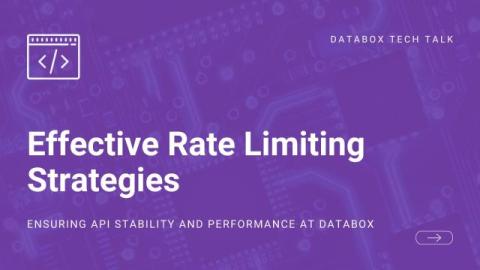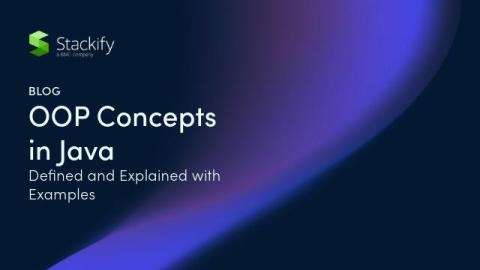Building Ruby on Rails engines
Engines are one of the best ways to share functionality across Rails applications. Whether you're looking to extend your Rails application, modularize your project for better maintainability, or are just curious about the finer details, join us as we explore the intricacies of Rails engines. This article dives into everything you need to know about Rails engines, from their definition to their types, popular examples in the real world, and even building your own.










